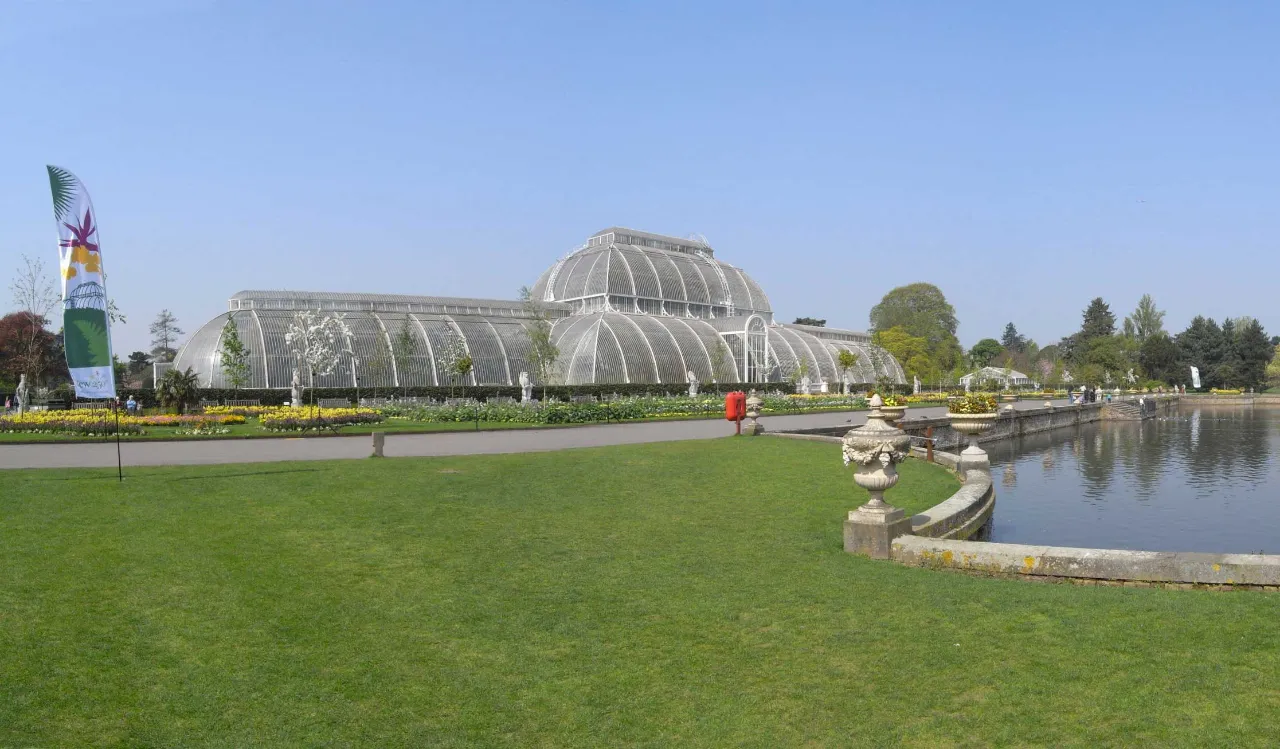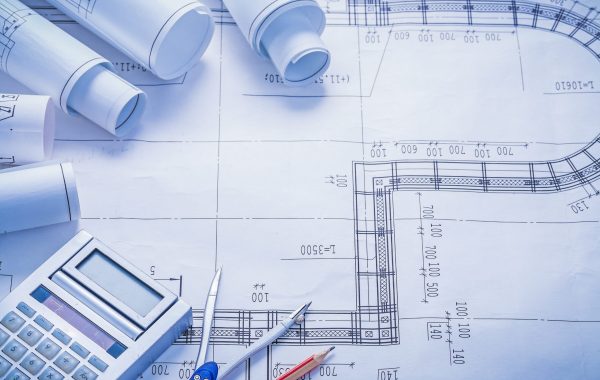Richmond Kew Planning Permission: Navigating the Path to Successful Property Development
Richmond Kew is an area known for its blend of urban charm and natural beauty. From the magnificent Kew Gardens to the elegant Georgian houses, the neighborhood embodies an ideal mix of greenery and historical architecture. For homeowners and property developers, this picturesque location offers a prime spot for residential developments, renovations, and extensions. However, given its unique heritage and zoning laws, understanding Richmond Kew planning permission is essential to ensuring that any project complies with local regulations and contributes positively to the community.
The Importance of Planning Permission in Kew
Planning permission is a legal requirement for most types of construction and alteration in Richmond Kew. It is the local council’s way of regulating the development of land and buildings to ensure that projects meet the area’s standards for safety, environmental impact, and aesthetic value. Whether you plan to build a new house, add a kitchen extension, or alter the facade of your property, planning permission ensures that your project aligns with the broader vision of maintaining Kew’s distinctive character.
Kew is also home to several conservation areas and Listed Buildings, meaning that planning regulations in the area can be more stringent compared to other parts of Richmond. As a result, the approval process for planning permission can sometimes be more detailed and time-consuming, but it also guarantees that developments enhance the area’s long-term sustainability and aesthetic appeal.
Key Factors Influencing Planning Permission in Richmond Kew
1. Conservation Areas
A significant portion of Kew is designated as a conservation area, and any proposed changes to buildings within these areas must be carefully considered. Conservation area rules are designed to protect the character of a neighborhood’s architecture and heritage. For example, changes to the exterior of a building, such as windows, doors, and roofing, may require planning permission even if they fall within what would otherwise be considered permitted development.
Moreover, property developers must demonstrate that their proposals will not negatively affect the local heritage, including the impact on trees, street views, and surrounding green spaces. Proposals that are not in line with these considerations are less likely to receive approval.
2. Listed Buildings and Historic Structures
Richmond Kew has numerous Listed Buildings, structures that have been recognized for their architectural or historic importance. These buildings are protected by law, and any proposed alterations, extensions, or demolitions will require special permission from the local council.
Alterations to Listed Buildings often need to adhere to strict guidelines. Any works that affect the structure or appearance of the building, whether inside or out, must be carried out with the utmost care to preserve its historic significance. Planning applications for these types of properties often involve a comprehensive evaluation of how the proposal fits within the context of the building’s heritage.
3. Building Height and Density Regulations
Kew’s planning regulations also impose specific controls on the height and density of new buildings, especially those located in more residential parts of the area. New developments, extensions, or conversions must respect the surrounding environment and maintain a scale that complements existing buildings. Overcrowding the area or building too high can disrupt the suburban character of Kew, so developers must plan with this in mind.
Projects like roof extensions, loft conversions, or new developments need to ensure that they do not negatively impact the openness and visual amenity of the area. It’s essential to consider the surrounding streetscape and any views that might be affected by the project.
4. Green Spaces and Landscaping Considerations
Given Kew’s proximity to Kew Gardens, the River Thames, and other natural attractions, preserving the area’s green spaces is a significant priority for the local planning authority. New developments or extensions may be subject to restrictions regarding landscaping, trees, and overall environmental impact.
In many cases, planning applications in Kew must include details of how the site will be landscaped. This includes ensuring that existing trees and shrubs are protected and that new plantings will contribute to the ecological health of the area. Environmental assessments are often required, particularly for larger developments, to evaluate how the project will impact local wildlife and green spaces.
5. Transportation and Parking Impact
As a highly sought-after area, Richmond Kew experiences heavy traffic, particularly around Kew Gardens and key residential zones. Any new development, especially larger ones, will need to address the transportation impact, including how the project will affect local traffic patterns and parking availability.
Developers will likely need to demonstrate that their project has adequate parking facilities and does not exacerbate congestion or put undue strain on the area’s transport infrastructure. Proposals for developments in areas already experiencing high levels of traffic may be subject to additional scrutiny and requirements.
Steps to Secure Planning Permission in Richmond Kew
Securing planning permission in Richmond Kew involves a detailed process that requires careful preparation and an understanding of local planning policies. Here are the typical steps involved:
1. Initial Consultation with the Council
Before submitting a formal planning application, it is advisable to consult with the Richmond Borough Council’s planning department. This will help you understand the specific requirements and whether your proposal aligns with local policies. You may even want to seek advice from a planning consultant or architects who specializes in the Richmond area to ensure your application is well-prepared.
2. Prepare the Application
Once you have gathered the necessary information and advice, you can prepare your planning application. This includes detailed plans of your proposed works, as well as any relevant reports such as heritage statements, environmental assessments, and transport studies.
For larger or more complex projects, the application may also need to be accompanied by a design and access statement that outlines how the development complies with local planning policies and how it responds to its surrounding environment.
3. Submit the Application
Once your application is complete, you can submit it to the Richmond Borough Council via their online portal or in person. The council will then review the proposal, consult with relevant stakeholders (such as local residents, conservation groups, and heritage organizations), and assess whether the application complies with the borough’s planning framework.
4. Public Consultation
As part of the application process, there will usually be a period of public consultation. This allows local residents, businesses, and other interested parties to review the plans and provide feedback. Their comments will be taken into account during the council’s decision-making process.
5. Decision
After reviewing the application and considering any public feedback, the planning committee will issue a decision. The council may approve the application, approve it with conditions, or reject it. If approval is granted, the applicant will receive written consent to proceed with the development.
If the application is refused, the applicant has the option to appeal the decision or make adjustments to the proposal and resubmit it for consideration.
Conclusion: A Balancing Act Between Development and Preservation
Richmond Kew’s planning permission process is designed to strike a balance between supporting new development and preserving the area’s unique character and heritage. By adhering to the regulations and respecting the local environment, developers and homeowners can ensure that their projects contribute positively to the area’s growth and sustainability. Whether you are planning a minor renovation, a major extension, or a new build, understanding the nuances of Kew’s planning policies will help you navigate the approval process smoothly and avoid costly delays.
By planning carefully, seeking professional advice, and respecting the needs of the community, your project in Richmond Kew can enhance the beauty and livability of this historic neighborhood while maintaining the quality of life that residents cherish.





